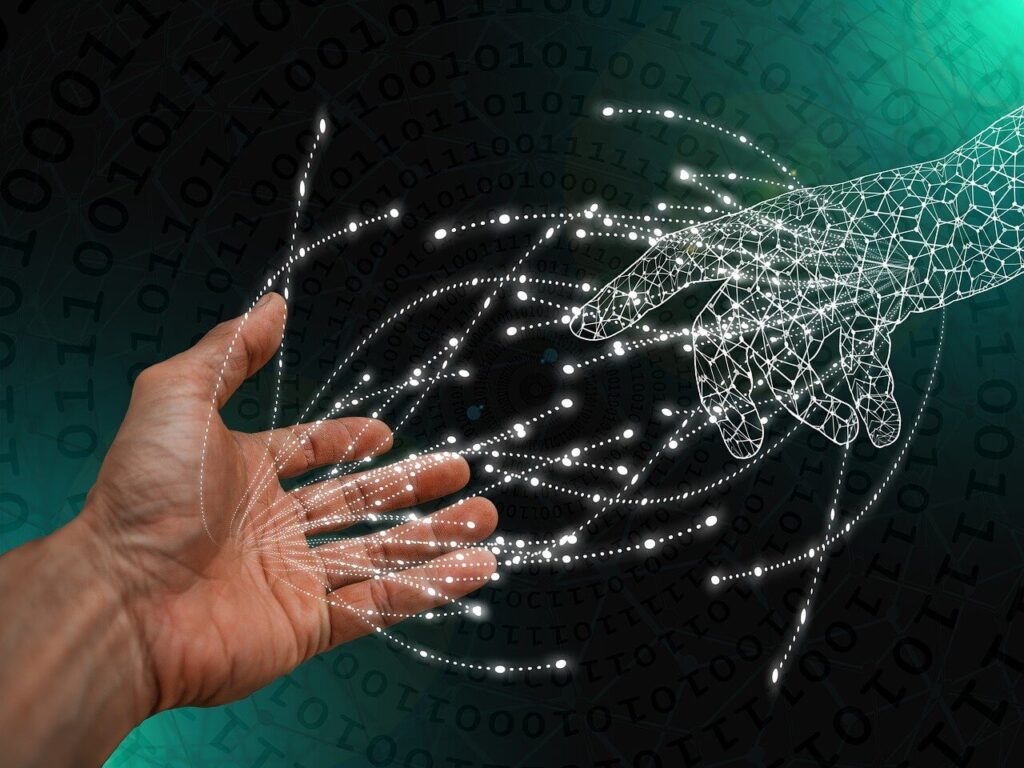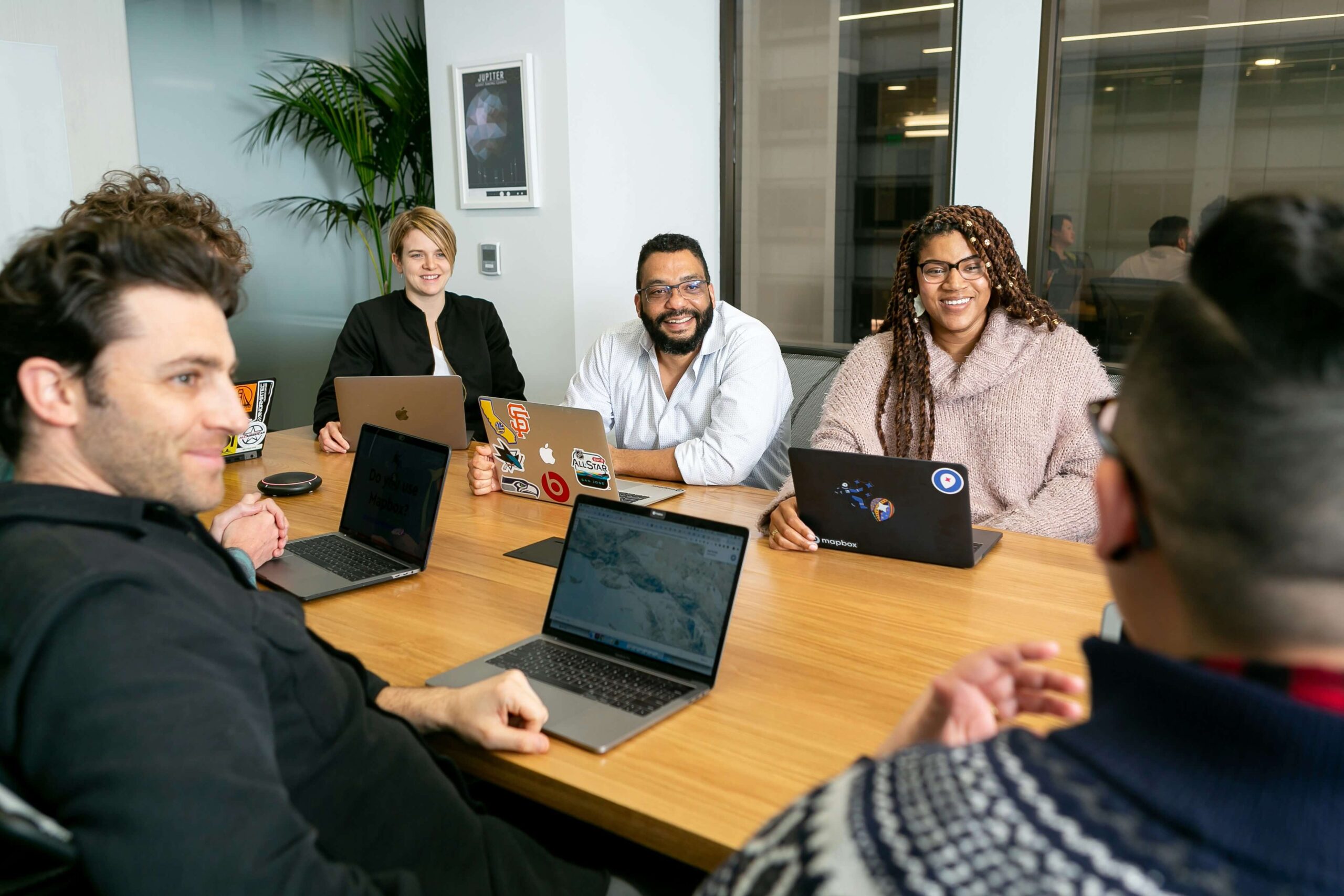(As taken from my ATD blog)
What is leadership? Is it a set of behaviours? Is it the ability to influence followers? Is it a way of being? Is it contextual, social, or relational? Or is it all these things? Just like light is both a particle and a wave, leadership is both a person and an evolving process. As such, leadership development must also focus on the individual and the collective.
From Linear Control to Systemic Transformation
If you search online for what leadership is, you’ll find most entries focus on the person. They might tell you leadership isn’t about power and control. Nevertheless, focusing on the person still highlights them as the potential star or hero.
The problem is that most people and organizations want a cookie-cutter answer that leads to clear-cut leadership development programs. They can then easily churn out the perfect leader. In reality, no real data supports the view that everything lies on the shoulders of one person, according to Booz-Allen & Hamilton research.
Rather than follow the masses in the L&D industry, the paper “New Model of Leadership-As-Practice Development” suggests that leadership development should also incorporate the collective by improving how teams, groups, and networks relate and interact. In other words, top companies get results from leadership development programs by personalizing the individual’s development. They do this alongside relationship-based development and inclusive programs.
Social responsibility, along with leadership development for a better world, is also the core for shifting mindsets from power and control to compassion and the desire to transform others.

Leadership Is a Dynamic, Flowing Process
- Adult development. Leadership maturity and identity are linked to how we make sense of the world. The ability to embrace a more complex meaning of the world while being open to new possibilities is a key component of development, often worked through with a coach. And yet, most L&D programs miss this vertical development lens.
- Integrative approach. At its basic definition, everyone can be a leader of themselves by learning self-regulation, emotional states, and mental calm. The real impact on the future of leadership is integrating this learning into workplace scenarios.
- Diversity. Leadership development programs need to allow participants to explore their concepts of leadership. This includes how culture, religion, race, gender, and so on affect those concepts and leadership behaviours. An effective way to do this is through book clubs.
From Individualised “Heroic” to Relational “Collective” Leadership
Whether you prefer the more recent servant, transformational, or integral leadership models depends on your experiences and belief systems. All those models still put the individual in the center. The real difference is how to apply those models within the organization’s context.
Leaders and organisations are inextricably linked. The more the two operate as an evolving system, the more likely they will be successful. That means balancing leadership development between the individual and the collective.
As a result, make leadership development a group process that covers the range of human experience:
- Individualistic. Encourage vertical development through 360 feedback alongside integral coaching. Leaders also learn to let go of the need for control. Most importantly, they explore why anyone would follow them.
- Shared experiences. Examples include being immersed in a different country or engaging in action learning through team-based business simulations. Moral dilemmas and the danger of how power corrupts can also be included as topics. Either way, participants stumble, learn, and reflect together.
- Relational. Having the opportunity to explore and debate different viewpoints through book clubs creates team bonding, vulnerability, and empathy. Further detailed in the whitepaper Transforming Organizations Through Books is how book clubs engender engagement, critical thinking, and continuous learning.
Leadership as an Evolving Collective Process
There is no perfect list of leadership traits. Essentially, successful leaders depend on the organization, context, and those around them. As a result, leadership development programs need to include shared learning, social responsibility, and relational development.
Only then will individuals and teams embrace Lao Tzu’s words: “a leader is best when people barely know he exists, when his work is done, his aim fulfilled, they will say: we did it ourselves.”

